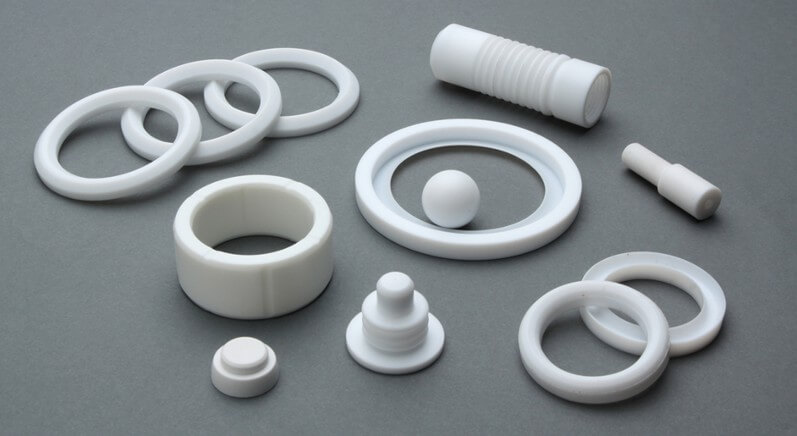The manufacturing industry is one of the most vital sectors in any economy, and it is one industry that’s continually seeking innovation. Innovations help improve the quality of products that are being produced in many ways. One of the many discoveries that have aided the industry is the polytetrafluoroethylene polymer.
Referred to as PTFE, this polymer is an extremely versatile one. It possesses many desirable properties that make it very ideal for producing a wide variety of products. PTFE has excellent chemical resistance, as well as several other qualities that make it suitable for production.
However, PTFE is even improved further by the addition of certain chemicals. These chemicals are combined with PTFE in the shape of fibers. The results are usually stunning as you combine the properties of the added compound to those of PTFE. This article highlights some of the most used PTFE additives, as well as their application and qualities.
Glass-filled PTFE
If you’re looking to increase the strength and durability of your PTFE product, your best bet might be adding glass fibers. The addition of glass also reduces the possibility of creep in the product while simultaneously reducing flexibility. The good thing about glass-filled PTFE is that is can function at a similar temperature range as virgin PTFE. Glass is often added as an additive in ratios ranging from 5% to 60%. When this ration is surpassed, you’re probably looking to improve the compressive strength of your product. It’s important to note that glass-filled PTFE possesses a considerable abrasive strength when compared with virgin PTFE. Many desirable properties come with the addition of glass to PTFE. Some of these properties are suitable for the production of materials that require a little amount of porosity.
Bronze filled PTFE
Thanks to its impressive qualities, bronze is one of the most used metals in the manufacturing industry. These qualities are pronounced when bronze is used as an additive in PTFE for production purposes. If you’re looking to have excellent electrical and thermal conductivity for your products, you should look no further. The wear resistance of your product is also significantly increased when you add 40%-60% bronze filled PTFE to it. However, specific properties of the PTFE are weakened when bronze is added as an additive. Properties like non-stickiness and chemical inertness are reduced to a certain extent. It’s often crucial that you weigh your priorities to determine if these attenuated properties are essential to your product.
Graphite filled PTFE
Graphite is often used as a dry lubricant due to its excellent qualities. It has a soft, slippery feel, and it’s insoluble in water; these qualities significantly affect industries. Graphite’s self-lubricating properties are used in the enhancement of virgin PTFE.
Final Thought
You must have considered using PTFE in the manufacture of your products at one point or another. PTFE has so many desirable qualities that are even enhanced by the addition of certain compounds. This article highlights some of these compounds as well as their useful qualities in production.
